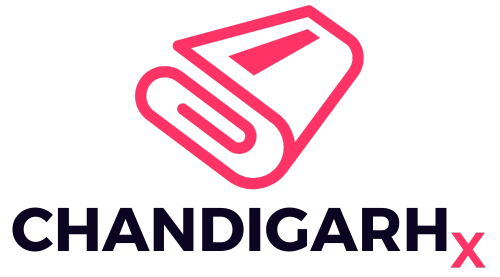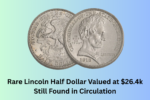When a bank fails, depositors often find themselves in a stressful situation, wondering how to access their money. Fortunately, the Federal Deposit Insurance Corporation (FDIC) is responsible for protecting insured deposits and guiding customers through the process of recovering their funds.
If you suspect that the FDIC is holding your money due to a bank failure, here’s what you need to know about claiming your funds, understanding deposit insurance, and navigating the claims process efficiently.
What Happens When a Bank Fails?
When a bank closes, the FDIC steps in as the receiver to manage its affairs. This includes liquidating assets, paying off creditors, and ensuring that depositors receive their insured funds.
Most often, the FDIC arranges for a healthy financial institution to acquire the failed bank, allowing customers to access their insured deposits quickly. If no immediate buyer is found, the FDIC may issue checks directly to depositors.
How Much of Your Money Is Insured?
The FDIC insures deposits up to $250,000 per depositor, per insured bank, per ownership category. This means that different types of accounts such as individual, joint, and retirement accounts are insured separately up to the limit.
- Covered Accounts: Checking, savings, money market deposit accounts, and certificates of deposit (CDs).
- Uninsured Accounts: Investments such as stocks, bonds, mutual funds, and crypto assets are not covered by FDIC insurance.
Steps to Claim FDIC-Held Funds
If you have deposits in a failed bank, follow these steps to access your money:
1. Verify Your Deposit Insurance Coverage
If your bank has failed, the FDIC will send a notice explaining how insured funds will be distributed. Most customers receive their insured deposits within two business days after the bank’s closure.
2. Wait for Automatic Transfers or Checks
- If your insured deposits are transferred to another bank, you will be able to access your funds as usual using checks, debit cards, and online banking.
- If the FDIC issues a check, it will be mailed to your last known address. Make sure your bank has your correct contact information.
3. File a Claim for Uninsured Deposits
If your deposits exceed the $250,000 insured limit, the FDIC may issue a Receivership Certificate for the uninsured portion of your funds. This certificate represents a claim on the liquidated assets of the failed bank.
To file a claim for uninsured deposits:
- Contact the FDIC’s Claims Division at 1-877-ASK-FDIC (1-877-275-3342)
4. Check for Unclaimed Funds
If you did not claim your insured funds promptly, the FDIC may have transferred them to your state’s Unclaimed Property Office.
What If You Had a Loan with the Failed Bank?
If you had an outstanding loan or mortgage, your loan is still valid and must be repaid. The FDIC may transfer your loan to another bank or servicer, and you will receive information on how to continue making payments.

Special Considerations for Businesses and Trusts
- Business Accounts: If you held funds in a business account, they are insured separately from personal accounts.
- Trust Accounts: Trust accounts may have different coverage rules depending on the number of beneficiaries.
For detailed rules on deposit insurance for businesses and trusts, visit: https://www.fdic.gov/deposit/deposits/
Recent Bank Failures and Lessons for Depositors
Bank failures are rare but do happen. In 2023, the collapse of Silicon Valley Bank (SVB) highlighted the risks of having uninsured deposits. Many businesses and startups that banked with SVB had deposits exceeding the FDIC’s $250,000 insurance limit, leading to uncertainty about fund recovery.
To protect your money, consider these steps:
- Spread deposits across multiple banks to stay within FDIC limits.
- Use different account ownership types to maximize insurance coverage.
- Monitor your bank’s financial health through resources like the FDIC’s Bank Find Suite: banks.data.fdic.gov
Conclusion
If your bank fails, the FDIC ensures that most depositors receive their insured funds quickly. By understanding deposit insurance rules, filing claims promptly, and keeping track of your accounts, you can minimize financial disruptions.
For further assistance, visit the FDIC’s main website: https://www.fdic.gov or call 1-877-ASK-FDIC (1-877-275-3342).

Pankaj Kumar is a journalist at Chandigarh X, covering admit cards, recruitment, and government schemes. His articles provide readers with detailed insights into application processes, eligibility, and exam updates.
Outside of work, Pankaj enjoys traveling, fitness, and cricket, often participating in local matches on weekends.



